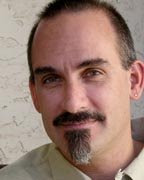
I've got something to say about website design!
The world is full of folks who say they are web designers. It seems that every time I turn around, someone or their uncle is now a web designer. Of course I have been designing web sites since 2003 so I've seen a lot of changes but mostly I've seen the advent of template web design sites where anyone can become a "web designer."
I really question the validity of such sites as I know that a template is rigid and unlikely to help business owners reach their goals.
The complexity of custom web site design means it is not for the part time designer – it is very important to have a cleanly designed site that not only attracts the search engines but one where traffic flows logically and allows not only visitors but search engine spiders to move through the site easily. Template websites impede the flow of traffic.
Search engine optimization is also important in web design. Given that most visitors use a search engine to find what they're looking for, a website must be designed with SEO in mind.
Given that my business name is Art Guy Creative, it follows that I incorporate ART in the design of all my websites. That's what's missing in website design today – artfully designed websites that are both creative and easy to navigate. When you marry art and science, you get
Did you know that you have 4 seconds to get the attention of website visitors or they will click away?
Website development is more than slapping together a few pages and taking the site live. It's about creating visually exciting web pages - custom websites with original artwork and visually artistic compositions.
I'm not complaining – I just would like to see more thoughtful and artistic website design. After all – I am the Art Guy!
Dana Ball
Art Guy Creative








